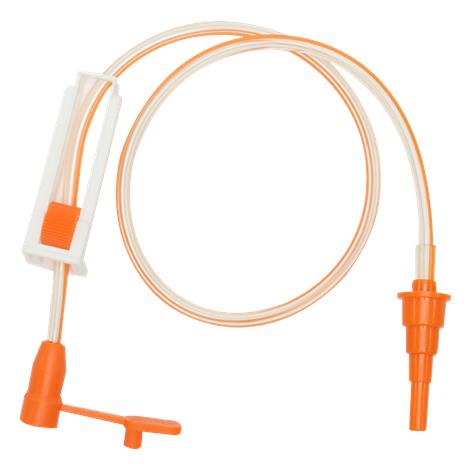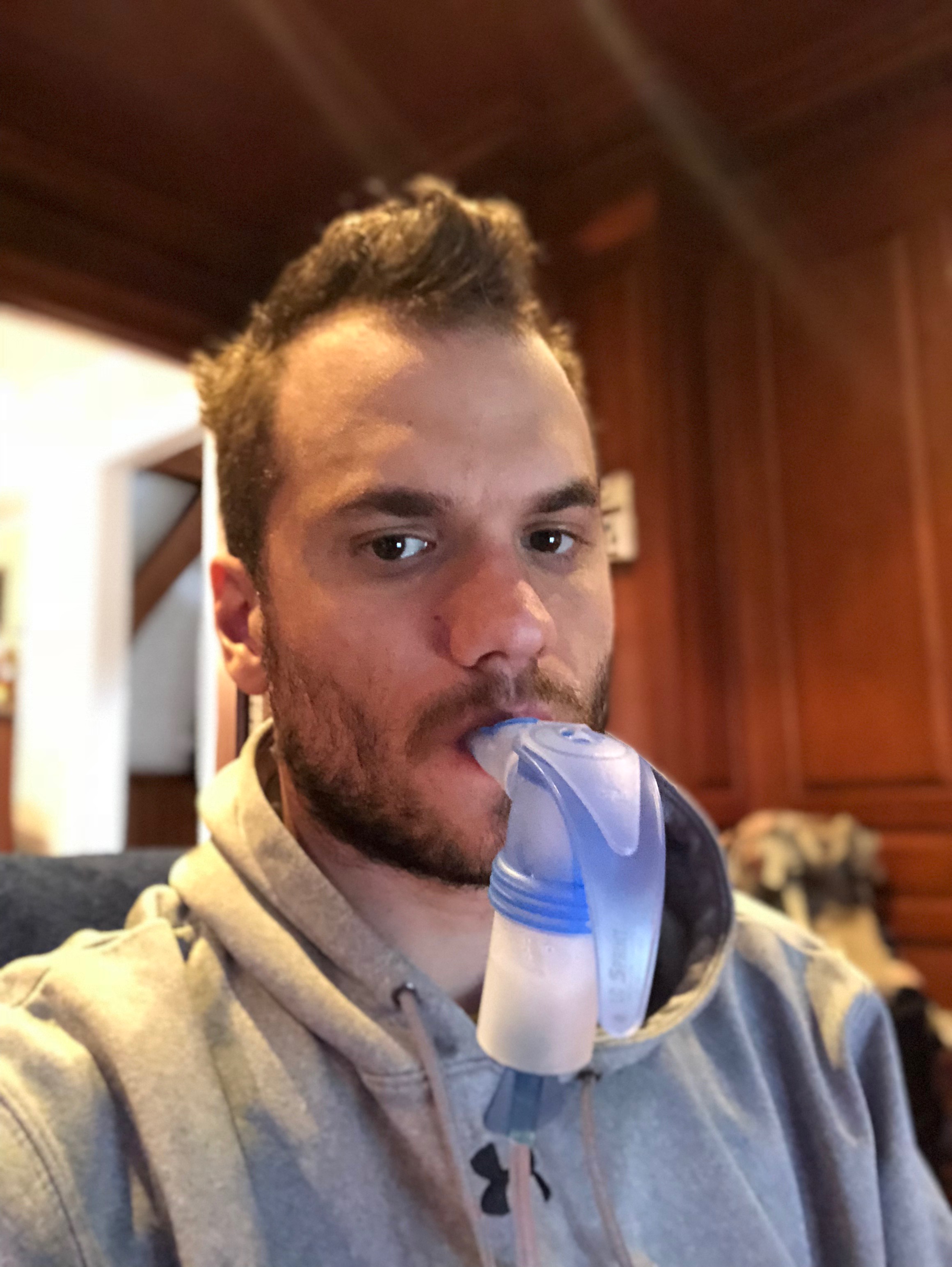We’re going to start off today’s blog with an unfortunate truth… Medical centers are often just as dangerous as they are helpful. In fact, in a 2016 article, the British Medical Journal claimed that Medical Error is the 3rd leading cause of death in the United States. I am witness to errors all the time, and I am sure you are, too. As a matter of fact, medical errors are so commonplace that I think a lot of people try to justify the issues when we see them happen. The nurse was tired; humans make mistakes; the computer wasn’t bringing up my chart; I couldn’t login to my online health portal; I waited in the waiting room for far too long, but it was just a busy day!
Sometimes these mistakes are small, harmless and it may feel awkward to correct them. Other times, they are life and death.
When I was working in the enteral feeding industry it was in the midst of a huge change. For those of you unfamiliar, feeds are (often) administered through a pump that looks just like an IV pump. The connection to the patient is created through a male nozzle at the end of the bag line, and a female port on the “feeding tube.” For all intents and purposes, it looks very similar to an IV or catheter port – both sides of the connection are small plastic tubes. Here’s a photo…

The industry was trying to change the standard feeding tube mechanism because it was discovered that ICU care teams were accidentally connecting feeding tube lines to IV lines in the middle of the night. You can probably understand how it was happening…
Imagine it’s the night shift… the patient is sleeping and his or her hospital buddy either isn’t allowed in the room outside of visiting hours or that person is tired and dozing off. One of the pump alarms sounds, and innocently enough, the nurse on the case comes in to discover empty medication bags. Instead of reconnecting the IV bag to the IV line, a disastrous mistake occurs. The nurse, who has been on his or her shift for 6 hours, reconnects a bunch of different lines – one is responsible for hydration, another is a powerful antibiotic, and the third one is the patient’s feeding tube. Instead of reconnecting the hydration line, the nurse mistakenly attaches the feeding tube line’s male nozzle into the patient’s central line female port. The nurse flips on the machine, and then 25 minutes later the patient is dead because 85ml of high calorie feed had been pumping directly into his or her heart.
The above situation was happening at such an alarming rate that the whole feeding tube industry had to change to a unique connection device. It’s called the EnFit, and all it is, is a strange looking screw cap/lock.
Mistakes are so commonplace that correcting them almost feels like general conversation. Just the other day when I was getting my PICC line placed, I prevented a small disaster on my own. I was in the procedure room, so my hospital buddy (my mom) wasn’t with me to catch the issue.
I didn’t see it happen, but a bottle of chlorhexidine was emptied into a dish in the sterile field. Sounds innocent enough, but if you’re a regular reader, you know I’m so allergic to chlorhexidine that my entire body will break out in horrendous hives. In fact, before the allergy was determined, I would to lose the ability to use PICC lines in the presence of chlorhexidine because my arm would swell so much.
Most PICC placements are low stress situations. They happen so frequently that they’re basically the hospital equivalent of an oil change at Jiffy Lube, but I have learned the hard way that I have to ask questions about the procedure as it happens. So when they were just about to prep my arm, I asked what was on the swab. The answer was, of course, “chlorhexidine!”
With that I put a stop to the entire thing. Even though I am a frequent flyer at the local Interventional Radiology unit, and my allergies were documented and read aloud, the mistake still happened. There was no malicious intent behind the problem, and the tech both quickly apologized and thanked me for the correction. The bottom line is that folks don’t work in healthcare unless they’re in it to help people. Everyone in the room wanted the procedure to go as smoothly as possible, so the whole setup was reset with betadine as the antiseptic.
There are a few ways you can mitigate the risk of medical error…
- Understand what you are walking into. Educate yourself on medical vernacular, terms and the care center’s standard operating procedures.
- Know when to speak up. If something feels like it’s going the wrong way, it probably is.
- Build a rapport with your doctors, nurses and anyone else you encounter in the hospital. The more familiar you are with them, the easier it will be bring up a question or correct an error.
- Use the buddy system. Your hospital buddy is the second line of defense. If you miss something or if you’re incapacitated, under the influence of medications or generally too sick, it’s up to the buddy to step up for you. Your buddy needs to be as familiar with medical terminology as you are.
- Finally, if you’re receiving a lot of complex information, take notes! You can always refer to your notes later when a decision needs to be made.
Do you have any strategies for reducing the chance of medical error? Let us know in the comments!




